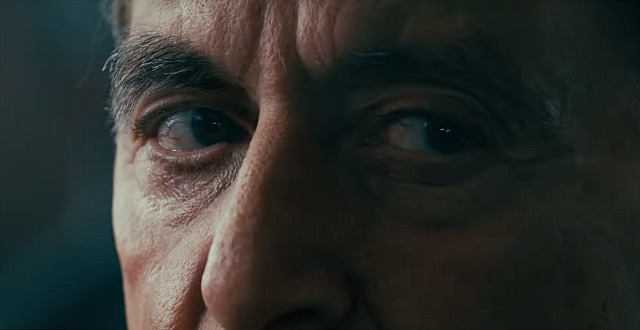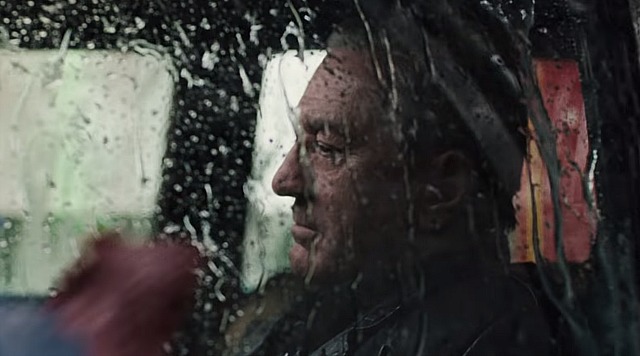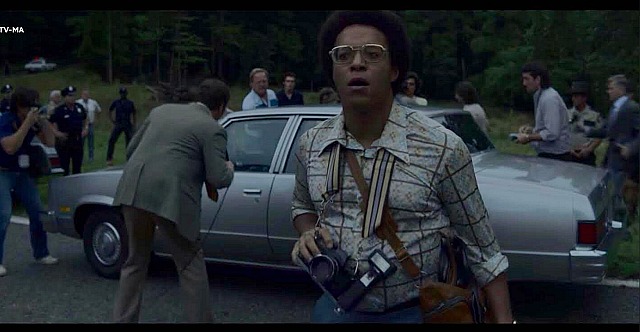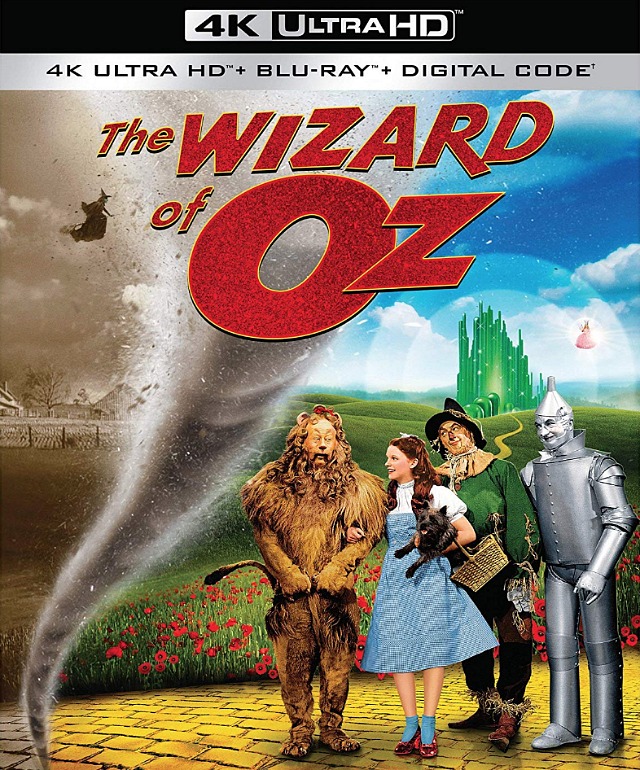When The Wild Bunch opened it was regarded as the last revisionist wheeze of a genre that had peaked in the ’50s and was surely on its last legs. It was also seen, disparagingly, as a kind of gimmick film that used ultra-violence and slow-mo death ballets to goose the formula. Now it’s regarded as one of the best traditional, right-down-the-middle westerns ever made. This kind of writing, acting and pacing will never return or be reborn. Lightning in a bottle.
“What Citizen Kane was to movie lovers in 1941, The Wild Bunch was to cineastes in 1969,” Michael Sragow wrote, adding that Peckinpah had “produced an American movie that equals or surpasses the best of Kurosawa: the Gotterdammerung of Westerns”.
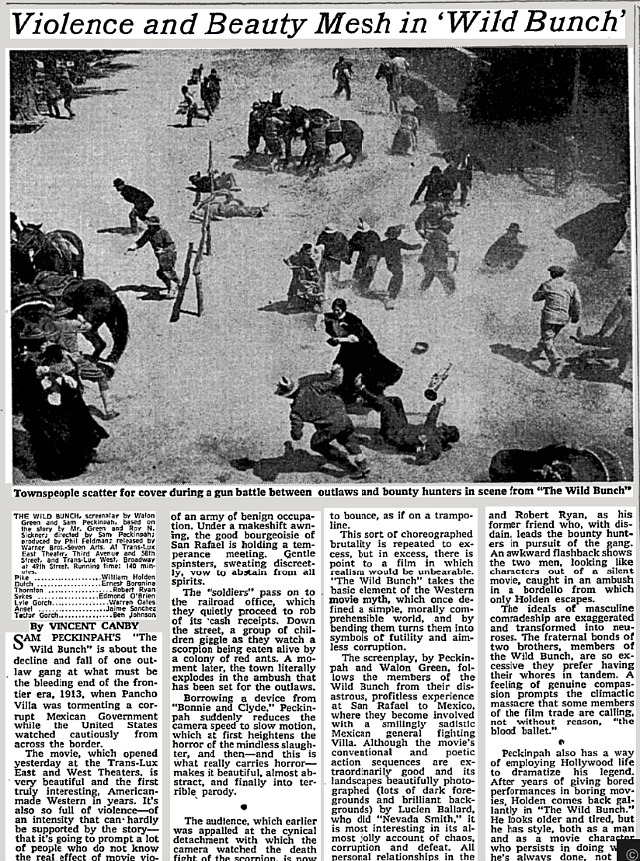
“After a reporter from the Reader’s Digest got up to ask ‘Why was this film even made? I stood up and called it a masterpiece; I felt, then and now, that The Wild Bunch is one of the great defining moments of modern movies.” — from 9.29.02 article by Roger Ebert.
Vincent Canby on William Holden‘s performance as Pike Bishop, from 6.26.69 N.Y. Times review: “After years of giving bored performances in boring movies, Holden comes back gallantly in The Wild Bunch. He looks older and tired, but he has style, both as a man and as a movie character who persists in doing what he’s always done, not because he really wants the money but because there’s simply nothing else to do.”
Edmond O’Brien: “They? Why they is the plain and fancy ‘they’…that’s who they is. Caught ya, didn’t they? Tied a tin can to your tails. Led you in and waltzed you out again. Oh, my, what a bunch! Big tough ones, eh? Here you are with a handful of holes, a thumb up your ass and big grin to pass the time of day with.”


